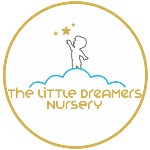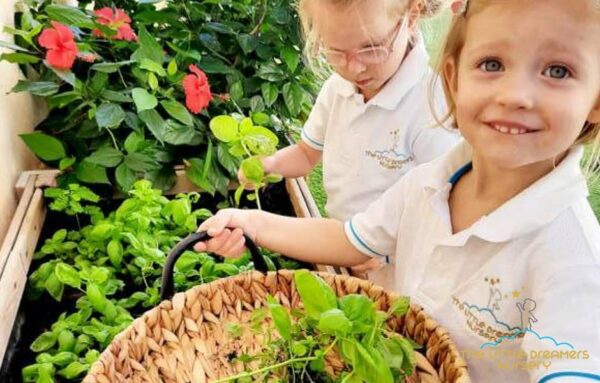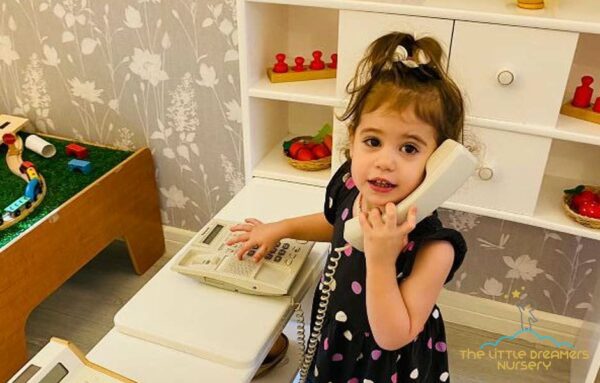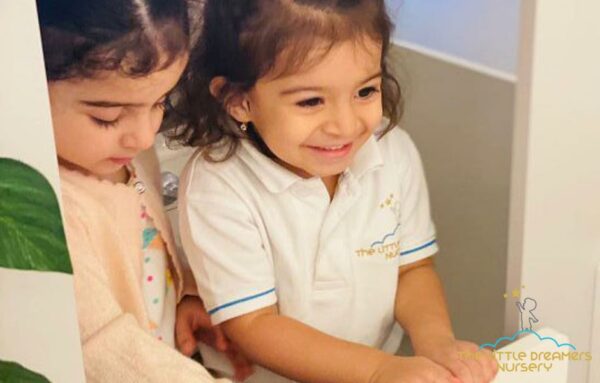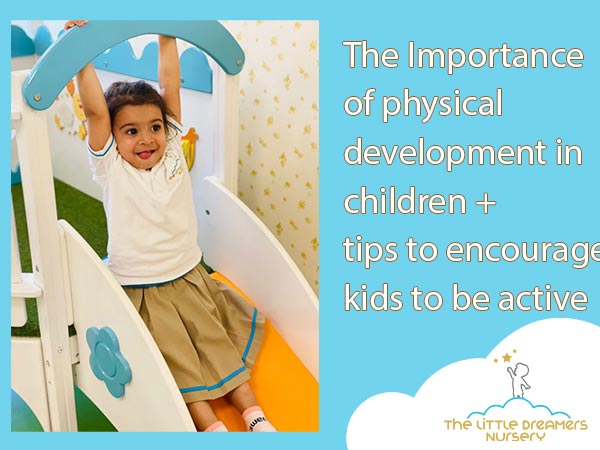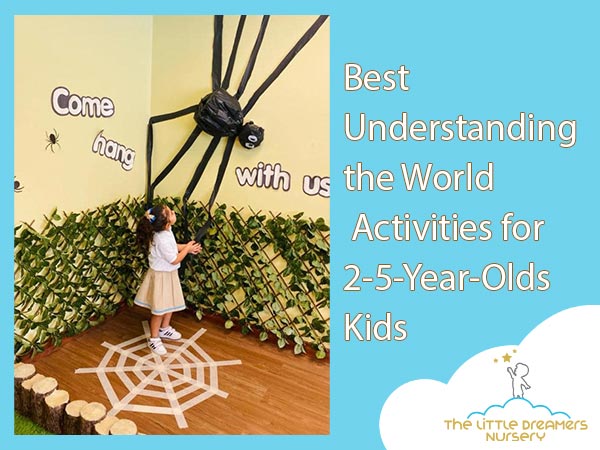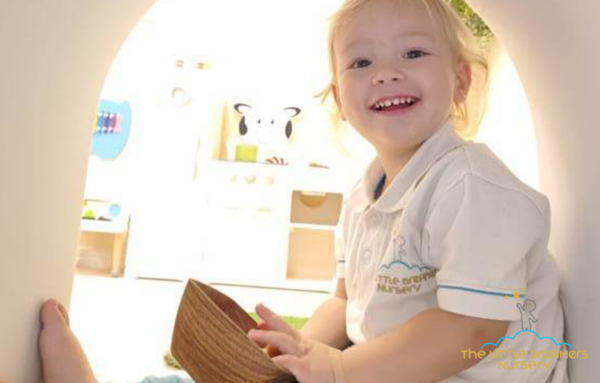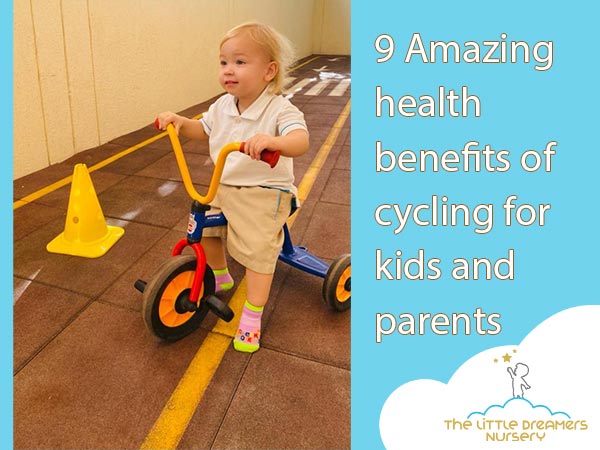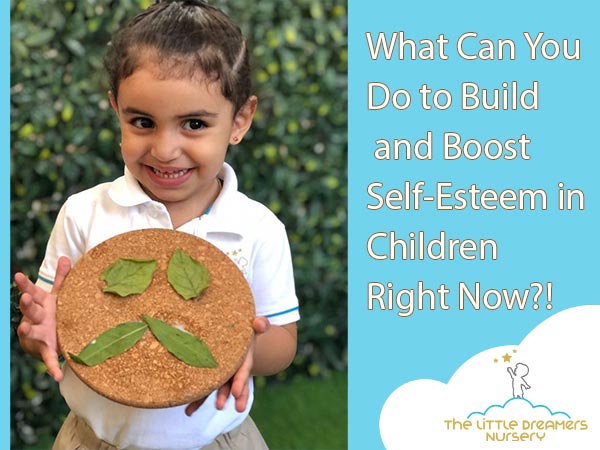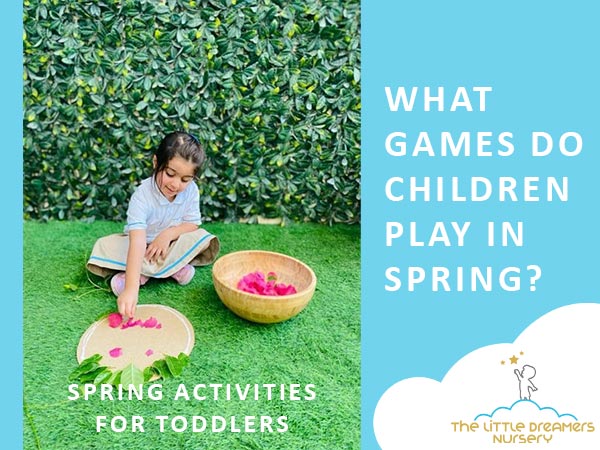What is child development?
The development of a child proceeds via distinct phases. There is a consistent pattern of Child Development Skills. Some children may go through a developmental stage more quickly than others. There are checkpoints at each stage of development. This is why many professionals refer to them as “growth milestones.” Let’s take a look at the areas of child development.
Speech and Language Development
A newborn has no preexisting linguistic knowledge. But as he or she observes how others reply verbally, his or her grasp of the language improves. Learning how to talk is a process that often takes time. A newborn will begin to respond to spoken language early on; such as making gestures or babbling. Over time, he or she develops the ability to articulate their wants and requirements through the use of language. That is the very beginning of language acquisition. When a child reaches the age of one, they begin to acquire the ability to communicate through the use of words. Object names, pronouns, etc., are all things they pick up in the following year. Then, naturally, linguistic abilities will develop with age.
What do children learn in nursery
Cognitive Child Development Skills
The ability to think, reason and grasp concepts are what we mean when talking about the cognitive domain of Child Development Skills. Cognitive childhood development can be broken down into four separate phases, as defined by developmental psychologist Jean Piaget. From the day of birth to about two years of age, people are in the sensorimotor stage of cognitive development, during which they can only perceive the world through their senses. The child starts to discover the difference between themselves and their environment. By the time a child is between the ages of two and six, they begin to use language in their observations of the world around them.
Social and Emotional Development
One of the most beneficial and valuable skills a person can acquire is the capacity to understand, and use language. Phonology is considered the study of how sounds are combined to produce words; Syntax is the study of how used words are put together in sentences; Semantics is the study of meaning and nuances of meaning; and Pragmatics is the study of how speakers interact with one another. Individual differences exist in the timing of the development of verbal communication skills; however, many two-year-olds are already capable of at least telegraphic speech, wherein short sentences convey the substance of a demand or need.
Fine Motor Skill Child Development Skills
Child Development Skills and human movement development are linked to the maturation of neural and muscular tissue. Muscles contract and relax to enable even the most fundamental of life’s actions. This requires the maturation of the infant’s muscular structure, so that appropriate movements may be made. As a result of the strain fixed on the skeleton when grasping or carrying heavy objects, bone density must increase. Even the most basic types of movements require a great deal of muscle effort.

Gross Motor Skill Development
As a child develops, they go through many stages of movement. These are the major developments, such as sitting up, standing up, walking, and running. The body’s muscles must be sufficiently strong and healthy at each developmental stage. For example, once an infant has been sitting for a while, they will soon realize that their legs are strong enough the stand up, with the help of activities and games.
Change, growth, and regression occur simultaneously across many areas of Child Development Skills. Children always experience some degree of change in all areas of development. By gaining awareness and showing your support for your child in each area, this will benefit their development.
Read more about Child Development skills:
Do you know the benefits of connecting children with nature? Most of us spent time in nature as children, climbing trees, investigating rocks and bugs, or playing outside with friends. We had no idea that our enjoyable activities strengthened our minds, bodies, and personalities for the future. A recent study found that nature exposure has…
Importance of role play in early years Children gain a lot from the benefits of role play; role play fosters children’s self-esteem, creativity, communication skills, physical development, and ability to solve problems. It’s a good way for children to get into character, act out real-life or imaginary performances, and have a lot of fun. It’s…
It’s the time to play with mud, the children revel in touching, exploring and getting dirty in the mud!
Help your child become more socially adept or better able to regulate their emotions. Preschoolers’ Personal, Social and Emotional Development can be enhanced at home with engaging activities. Let’s take a look at some of the best personal social and emotional development activities for 2-3 and for 3-5 year olds. What is the…
Early childhood physical development activities should be incorporated into children’s lives to develop an active and healthy way of life for the rest of their lives. Let’s see why physical development is important to early childhood. What does physical development mean for young children? It is detrimental to a child’s growth and development to…
It’s impossible to comprehend the world we live in and our place, isn’t it? However, if you’re just getting started, the Understanding the World EYFS activities are really beneficial for your children. Continue reading to learn more about these entertaining and understanding the world activities for children. We have gathered an all-inclusive understanding the world…
Is your child displaying challenging behaviour? Here are some simple strategies to make your life a little easier. Behaviour management- easy for some, difficult for others. No matter what your parenting style, here are some useful strategies for you to try when your child is pushing the boundaries. Positive Reinforcement We all love to be…
Let’s talk about the benefits of cycling for kids. Cycling is a favorite mode of transportation for children since it’s fast, enjoyable, and provides them a sense of freedom and independence. You don’t have to wait until your children are old enough to ride their bikes by themselves to enjoy family riding. Whether they were…
Parents greatly influence a child’s self-esteem. What more can you do to Boost Self-Esteem in Children besides being there and giving frequent praise? Increasing your child’s sense of self-worth will significantly impact their future success. Self-esteem can serve as a protective barrier for a youngster when they confront difficulties in their lives. They’ll be able…
Snow is melting. Birdsong fills your ears, and the sun’s warmth caresses your skin. It’s springtime! And what games do children play in spring? Let’s see. Rain and cold weather may keep you indoors, but these spring activities for toddlers will allow you to enjoy all that spring offers! What games do children play…
